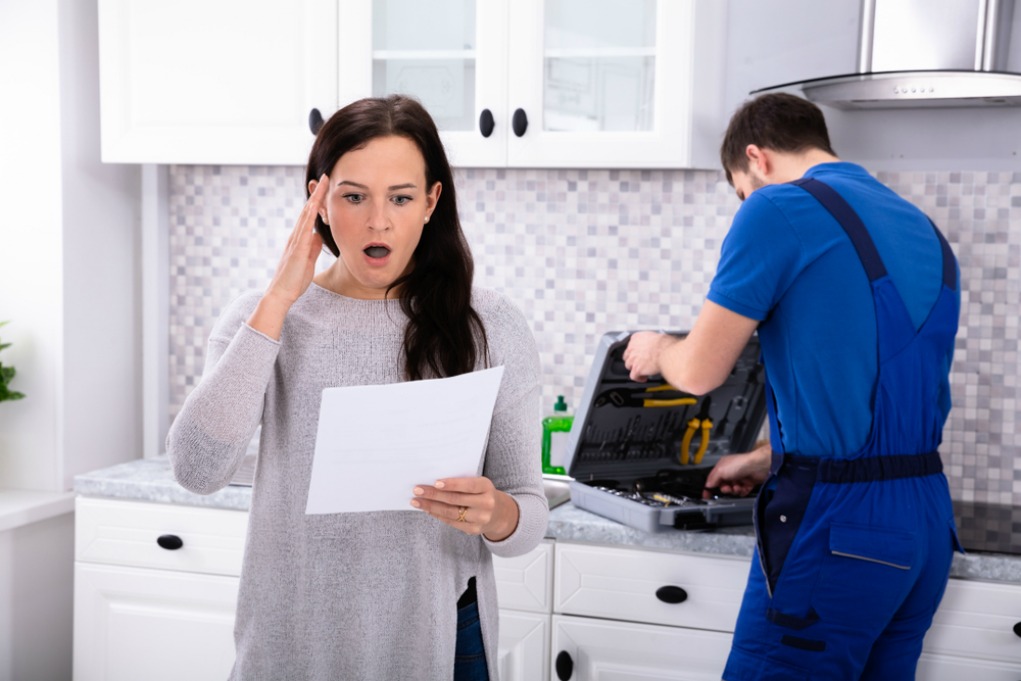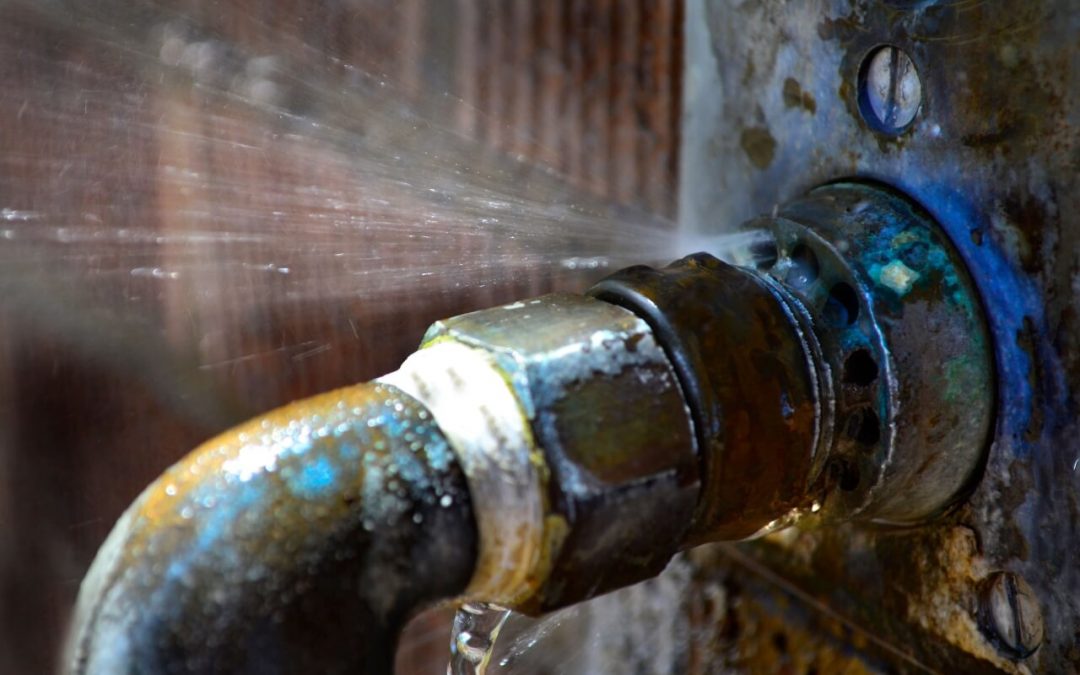How do you actually feel about Main Plumbing Issues Found in Old Houses?

Older homes usually include charm, personality, and history, however they can also bring a host of pipes issues. Whether you're taking care of aging pipelines, low tide pressure, or leaks, recognizing exactly how to address these typical problems is critical to keeping a risk-free and functional home. In this overview, we'll explore the regular pipes difficulties faced by older homes and give functional services to maintain your plumbing in leading shape.
Understanding Common Pipes Issues
Aging Pipelines
Among the most typical issues in older homes is aging pipes. Depending upon the era in which your home was constructed, the pipelines might be made from products that have actually deteriorated gradually, such as galvanized steel, cast iron, or even lead. These materials can wear away, end up being weak, or establish leaks, resulting in water damages and possible carcinogen.
Water Quality Screening
Older pipelines can impact the high quality of your water. Conduct a water high quality examination to check for contaminants such as lead, rust, or other contaminations that might be introduced by aging pipelines.
Solutions for Common Plumbing Concerns
Replacing Aging Pipes
If your home has old, wearing away pipes, take into consideration replacing them with contemporary products like copper or PEX. This can be a substantial investment, but it will certainly stop future problems and boost the safety and security and reliability of your pipes system.
Fixing Low Tide Pressure
To deal with low tide stress, begin by cleansing or replacing old components and getting rid of mineral build-up in the pipelines. If the problem persists, it might be needed to replace areas of corroded pipelines.
Repairing and Replacing Leaking Pipes
For little leaks, you can use pipe clamps or epoxy putty as a temporary fix. However, it's ideal to change leaking pipelines completely to avoid further damage.
Upgrading Fixtures
Updating old components to modern-day, water-efficient models can improve your home's pipes efficiency and reduce water intake. Try to find fixtures with the WaterSense label for the best efficiency.
Managing Pipeline Rust
If your pipelines are rusted, replacing them with corrosion-resistant materials like copper, PVC, or PEX is the best remedy. Regular inspections and water quality upkeep can assist stop even more corrosion.
Low Water Pressure
If you're experiencing low tide stress, it could be due to natural resources, deterioration inside the pipes, or old components that are no longer functioning successfully. This can be a significant hassle, especially in locations like showers and sinks.
Dripping Pipelines
Leaks are an additional regular problem in older homes, frequently caused by rusty or damaged pipes. Also little leakages can lead to substantial water damage, mold development, and raised water expenses otherwise resolved quickly.
Obsolete Fixtures
Out-of-date plumbing fixtures such as taps, bathrooms, and showerheads not just look old however might also be less reliable, prone to leakages, or incompatible with contemporary pipes standards.
Pipe Deterioration
Corrosion is a typical problem in older pipes, specifically those made from galvanized steel or cast iron. Rusty pipelines can restrict water circulation, cause staining, and at some point result in leakages or pipeline ruptureds.
Analyzing the Condition of Your Pipes
Evaluating Visible Pipelines
Beginning by evaluating any noticeable pipelines in your home, such as those in basements, crawl spaces, or under sinks. Try to find indicators of deterioration, leaks, or rust, which can suggest underlying concerns.
Checking for Leaks
Look for leakages by checking locations around faucets, toilets, and under sinks. You can likewise check your water meter prior to and after a period of no water use to detect concealed leakages.
When to Call a Specialist
While some plumbing issues can be managed with do it yourself options, there are times when it's finest to call a professional. If you're handling major leaks, substantial deterioration, or are not sure concerning the problem of your pipelines, a licensed plumbing can offer skilled evaluation and fixing.
Preventive Upkeep Tips
Normal Inspections
Routinely examine your plumbing system for signs of deterioration. Catching issues early can prevent costly repairs down the line.
Water Pressure Regulation
Guarantee your water pressure is within the suggested variety to prevent stressing your pipes and fixtures. A plumber can install a stress regulatory authority if needed.
Water Quality Maintenance
Install water filters or conditioners if your water top quality is poor. This can secure your pipes and components from damages triggered by difficult water or contaminants.
Proactive Pipeline Substitute
If your home has older pipes, consider proactive substitute prior to major problems emerge. This can conserve you from emergency repair work and water damage.
Verdict
Managing pipes problems in older homes needs a combination of vigilance, preventative upkeep, and timely upgrades. By understanding the usual obstacles and recognizing when to seek professional aid, you can guarantee your plumbing system continues to be practical and trustworthy for many years to come.
Common Plumbing Issues in Older Homes
Pipe corrosion
Pipe corrosion is a common plumbing issue in older homes. Several factors can cause pipes to corrode:
Water: Ironically, water is the number one cause of pipe corrosion. When water seeps into cracks in pipes, it can cause the metal to rust and break down, leading to leaks or even burst pipes.
Oxygen: Oxygen is another significant culprit in pipe corrosion. When oxygen interacts with water, it can cause the metal to oxidize and weaken.
Chemicals: Chemicals such as chlorine and fluoride can also contribute to pipe corrosion. These chemicals can react with the metal in pipes, causing them to break down over time.
Leaky pipes
Pipes that leak is one of the most common plumbing issues plaguing residents of older houses. While a small leak may not be a problem initially, it can lead to significant problems if left unaddressed. In addition, water damage can be very costly to repair and may cause damage to electric fixtures, promote mold growth and cause many other issues.
Worn-out fixtures
Older homes often have worn-out fixtures which may need replacement. Over time, the finishes on fixtures can wear down, exposing the underlying metal to corrosion. This can cause fixtures to leak or even break completely. It s best to have a professional plumbing contractor regularly inspect the fixtures in older homes and replaces them if necessary.
Faulty water heaters
A leaky water heater can cause severe damage to the home as it can be both a flood and fire hazard. Call a plumber immediately if it appears that the water heater might be leaking.
If the heater isn t working correctly, it could be because the pilot has gone out. The pilot light going out may indicate gas supply issues or leaks. It is also worth checking the thermostat to see if it needs to be adjusted.
If the water heater is making strange noises, it could be due to sediment buildup in the tank. Sediment can interfere with the heating elements and cause them to overheat. Overheating can damage the tank and shorten the lifespan of the water heater.
https://www.norfleetfamilyplumbing.com/blog/common-plumbing-issues-in-older-homes

I stumbled upon that content on Plumbing Problems In Old Homes when looking around the search engines. So long as you enjoyed our post kindly consider to share it. Thanks a lot for your time. Don't forget to stop by our site back soon.
Call Today